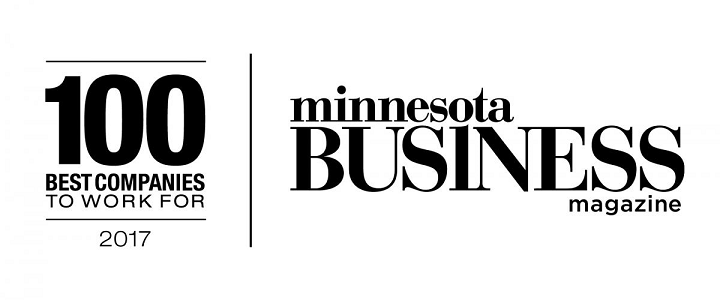Understanding What Makes Your Team Tick
 Variety, the so-called “spice of life,” can be challenging at work when team members have dramatically different work styles (don’t laugh; it’s a thing!). Building a successful business starts with building productive teams; but, as the saying goes, “the devil is in the details.”
Variety, the so-called “spice of life,” can be challenging at work when team members have dramatically different work styles (don’t laugh; it’s a thing!). Building a successful business starts with building productive teams; but, as the saying goes, “the devil is in the details.”
This fascinating topic is the subject of an article in this month’s edition of Harvard Business Review (HBR) by two Deloitte executives: Suzanne Johnson Vickberg and Kim Christfort. They describe their research and practical experience working with companies by identifying and understanding the four basic personality types:
Pioneers – “value possibilities, and they spark energy and imagination on their teams. They believe risks are worth taking and that it’s fine to go with your gut. Their focus is big picture. They’re drawn to bold new ideas and creative approaches.”
Guardians – “value stability, and they bring order and rigor. They’re pragmatic, and they hesitate to embrace risk. Data and facts are baseline requirements for them, and details matter. Guardians think it makes sense to learn from the past.”
Drivers – “value challenge and generate momentum. Getting results and winning count most. Drivers tend to view issues as black-and-white and tackle problems head on, armed with logic and data.”
Integrators – “value connection and draw teams together. Relationships and responsibility to the group are paramount. Integrators tend to believe most things are relative. They’re diplomatic and focused on gaining consensus.”
Sound like anyone you know at your company? Most likely, you’ve got a mix of all of these personality types (if not, you’ve got a big problem!) and that’s a good thing – assuming you know how to manage the differences in how people approach their work.
If you’re a CEO, or someone in a senior leadership position, it’s highly likely you’re a driver or pioneer. Don’t let that blind you to the value integrators and guardians bring to the workplace. “All work styles types have something important to offer. But they can cause conflict among team members,” note the authors.
Their advice to managing teams with a variety of work styles include:
- Pulling opposites closer to foster productive friction
- Seek input from people with nondominant styles
- Pay attention to sensitive introverts (they just might surprise you!)
The limits of a single blog post won’t allow me to share all the great examples and detailed information about how to put this advice into action, but you can read it for yourself in the March-April edition of HBR (also available online to subscribers).
It’s worth looking up the article for these details and a handy one-page “Profiles at a Glance” guide. It’s similar to the “cheat sheets” we use at Intertech to understand and respect the work and communication styles of our leadership team. Making an effort to understand how we’re wired has made a big difference in our ability to function as a productive management group. Viva la difference!
 Anyone with responsibility for making a company successful—from the CEO to the front desk receptionist—already knows who really decides an organization’s fate: the customers. That’s why most of us pay attention and actively solicit customer input on our current work and future product developments.
Anyone with responsibility for making a company successful—from the CEO to the front desk receptionist—already knows who really decides an organization’s fate: the customers. That’s why most of us pay attention and actively solicit customer input on our current work and future product developments.
 My latest article for The Business Journals is “
My latest article for The Business Journals is “